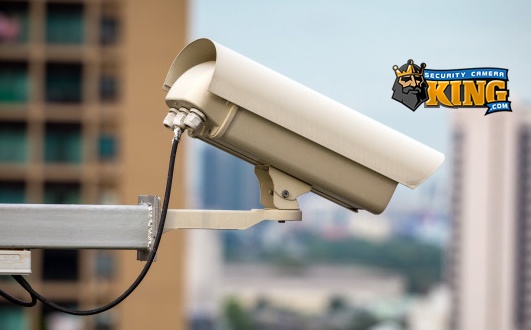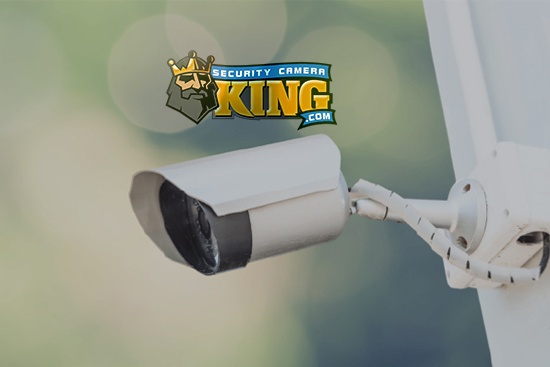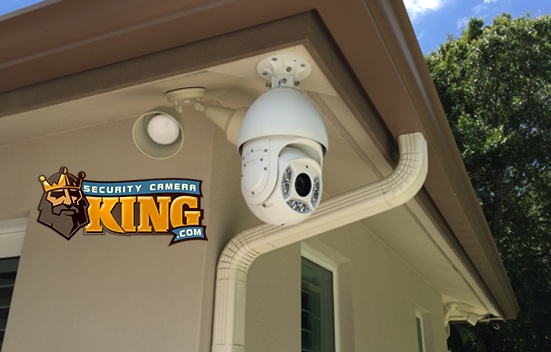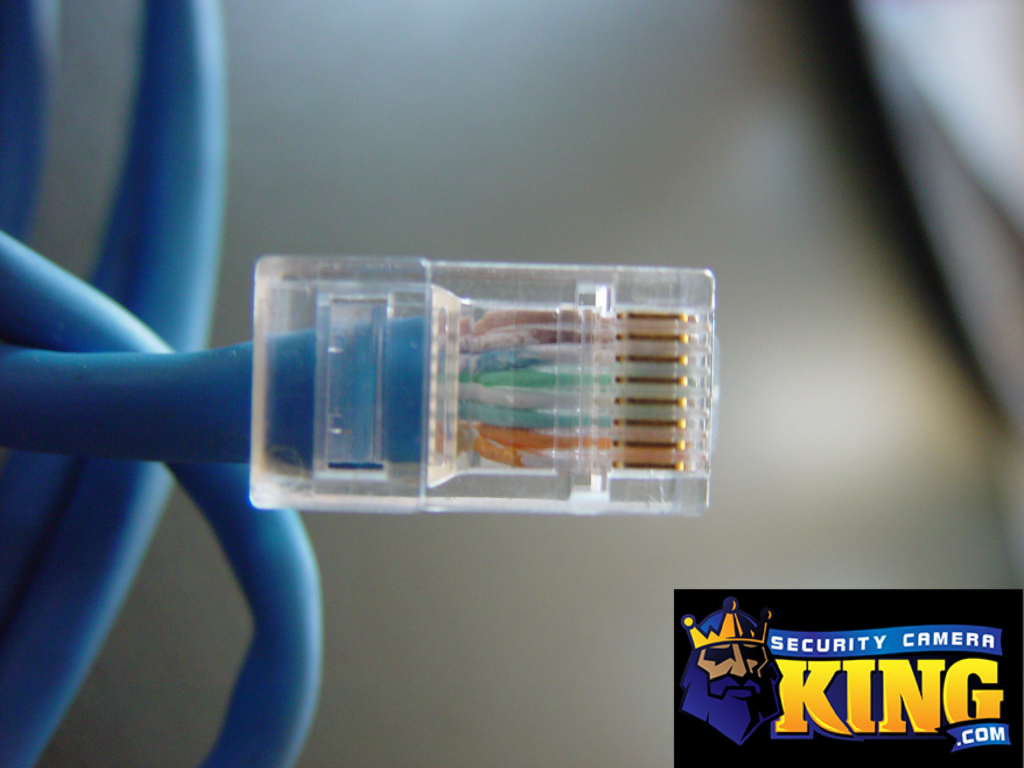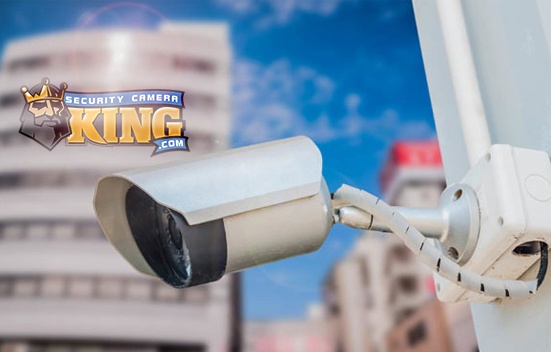How to Compress and Test Coax Cable
Hi everybody, Joe here, and we have for you a tutorial article and accompanying video guide on yet another important topic regarding CCTV hardware and Cabling which is: “How to Compress and test Coax Cable”. Coax cables are used in a variety of Video data transmission applications. As you may already know, RG59 and RG6 are common types of COAX video cables. . Purchasing prefabricated COAX cable is fine for small jobs, or quick solutions. This could be for something such as setting up a single home DVR with a single close camera or adding one to an already existing CCTV setup. However, the cost of prefabricated cable or even the availability of it at extreme lengths and in total amounts starts to become very expensive. This is why CCTV installers and networking contractors fabricate their own cable on-site to precisely meet the specific demands of any particular cable run.
Unlike NEtowrkign cables, there’s no specific pinout or wiring order to follow. Rather, the wire needs to be cut, and exposed to be inserted into a BNC compression head, and then compressed with the tool. We are going to explain the process in this article, and show you how visually in the video guide as well. We highly recommend following along with the video guide as well. Before we get started, there are just a few important tools and materials you’re going to need. Let’s take a look!
You’re going to need:
- You’re going to need an RG59 wire cutter and stripper
- An Electrical Multimeter
- A compressional tool
- A wire cutter or snipper
- Rg59 Siamese cable
How to Compress and Test Coax Cable – I Confirming Compression and Cutter Adapters
The first thing that you’re going to do is measure your BNC compression connectors against the adapters that come with your compression tool. BNC Compression Connectors come in different sizes, and most compression tools including the one we use in our video guide will come with adapters to ensure proper fitment. The adapter should fit flush with the head of the connector and not fall off or move around easily. Screw the proper adapter into the compression tool and put it aside.
Our Rg59 Wire Cutter handles multiple cable sizes and also has an adapter that needs to be properly set. If your cutter has an adapter, ensure it is set to RG59.
How to Compress and Test Coax Cable – II – Cutting the Cable
Insert one end of the RG59 cable into the cutter. Ensure that the end of the cable lines up with the end of the adapter. Next, apply a small amount of pressure to pierce the cable rubber casing. Then, rotate the cutting tool clockwise three times, as well as counterclockwise three times to ensure a smooth even cut.
Remove the cable from the cutter, and notice the casing has been cut through and can be taken off. Remove the excess rubber casing, and peel back The frayed wire, to reveal a singular, non frayed wire.
How to Compress and Test Coax Cable – III – Compression
Carefully insert the singular wire into the back of the BNC compression head so that aligns with the appropriate hole inside the head.
Then insert the wire with the head into the compression tool as seen in the video, until the bottom part of the exposed metal meets with the rubber rung. Do a quick tug test to ensure that the compression has held. Once you’ve completed this process for both ends of the cable, will test continuity with a multimeter
As you can see in the video here we have continuity, by testing ground to ground, ground to center, and center to ground. if you see continuity from center to ground there is a short and the connector must be replaced. our cable is successfully compressed.
Thanks for joining us today as we showed you how to test and terminate ethernet cable, If you enjoyed the video or found it helpful, give us a like, and don’t forget to subscribe! Call sales today for more info on our amazing products at 561-288-5258!
Related: What’s the difference between DVR and NVR?
Related: What’s the difference between H264 and H265?
Related: IP PTZ Security Cameras – All There is to Know
Related: Resolution, and why does it matter?
Related: What are active deterrence cameras?
Find Us On: Facebook | Twitter | YouTube

